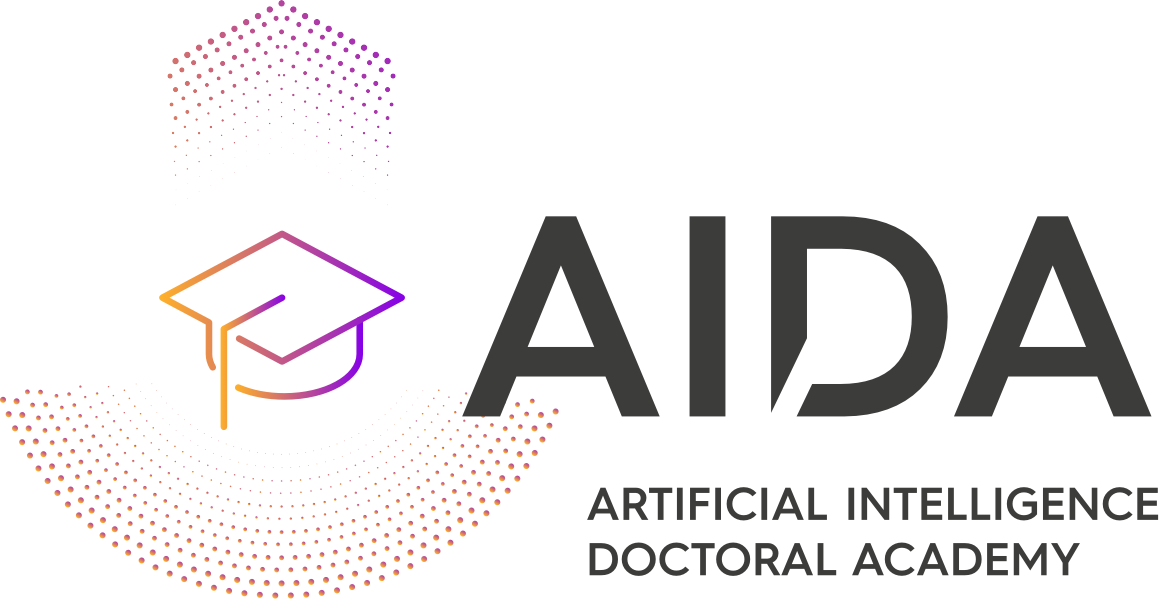A survey of manifold learning and its applications for multimedia, Hannes Fassold, Proc. ICVSP, 2023
The survey paper gives an introduction into manifold learning and how it is employed for important application fields (similarity search, image classification, synthesis & enhancement, video analysis, 3D data processing, nonlinear dimension reduction) in multimedia. Furthermore, available open source software frameworks for manifold learning are presented.
Lecture notes on reinforcement learning
Reinforcement learning is an appealing subject. Firstly, it is a very general concept: an agent interacts with an environment with the goal to maximize
the rewards it receives from the environment. The environment is random and provides states and rewards to the agent, while the agent chooses actions according to a possibly random policy. The goal is to find policies that maximise the expected value of all future rewards. Because reinforcement learning is such a general concept, it encompasses many real-world applications of machine learning and artificial intelligence
Tutorial paper on Deep Learning for Graphs
The Silent (R)evolution of SAT
Algorithms for manifold learning
The technical report presents popular methods for mapping data into a low-dimensional manifold (nonlinear dimensionality reduction). Specifically, it presents Isomap, Locally Linear Embedding, Laplacian Eigenmaps, Semidefinite Embedding and variants of those.
Geometric data analysis based on manifold learning with applications for image understanding
The conference paper gives in the first section a brief and easy understandable introduction into the basics of Riemannian geometry. Furthermore, it gives a review of classical methods for mapping data into a low-dimensional manifold / nonlinear dimensionality reduction like Local Linear Embedding (LLE), Isometric Feature Mapping (ISOMAP) and Local Riemannian Manifold Learning (LRML).


